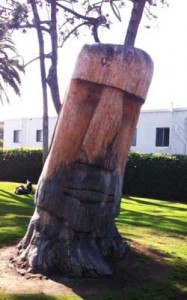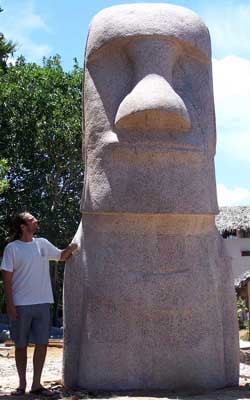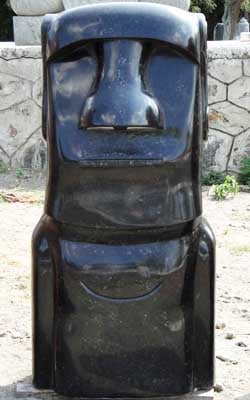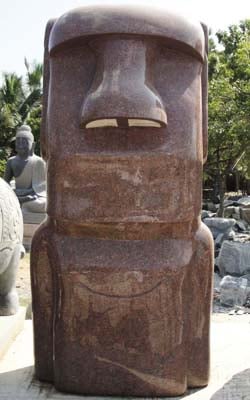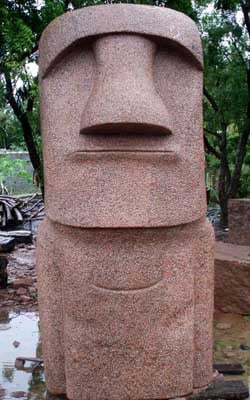Article written January 25th, 2020 by Kyle Tortora
My first trip to Vietnam was in 1998. I was a 22 year old backpacker just out of college, exploring the country without a care or worry in my mind. Vietnam had the distinct smell of salt water and the aroma of food. It’s as if their unmistakable flavor of fish sauce had permeated the air and surrounded you at every turn. Twenty three years later it still has that same smell I remember which immediately took me back with nostalgia to my backpacking days.
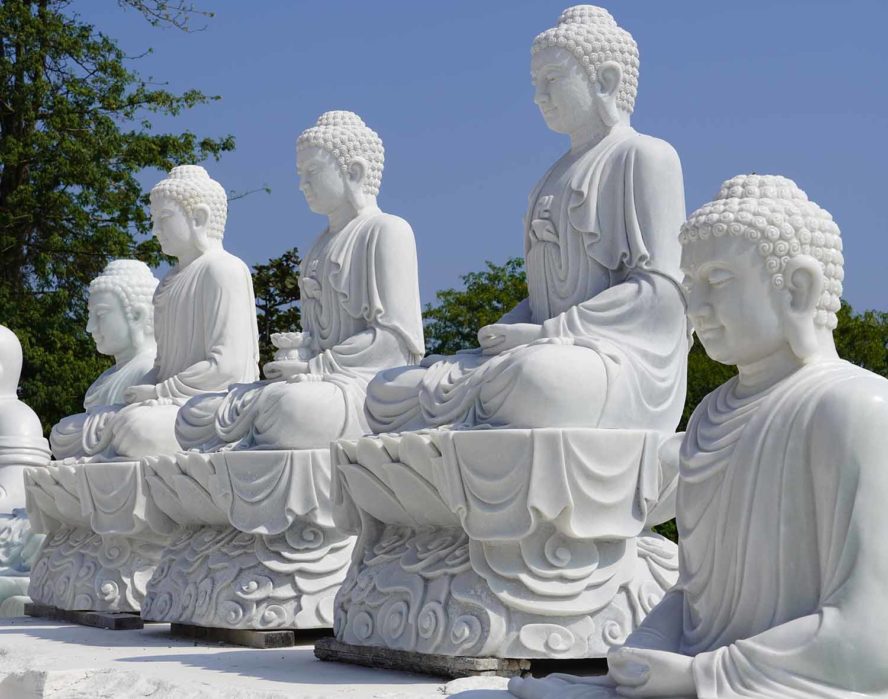
I came to Da Nang to visit my white marble statue maker, Lan, and her family. Da Nang is situated at the base of what is known as the marble mountains, a place famous for its abundance of quality, pure white marbles. Lan and I have worked together for 15 years. She was the first artisan I worked with in Vietnam. Her entire family is involved in the business. Her brother operates the workshop, where all the statues are produced and her cousin, who is the master carver, is responsible for the faces and all the intricate details of the statues.
All these years later I was still impressed with the quality of the Lan’s sculptures compared to that of other workshops in the area. Seeing her 22 foot Kwan Yin statue with my own eyes for the first time, I was completely blown away! She has this gossamer, realistic quality where it looks as if her robes are made of pure silk gently swaying in the breeze. The statue is so lifelike I found myself forgetting it was a 10,000 pound solid block of white marble. Later that day I visited another workshop where I saw a large Kwan Yin statue carved by a different artist. It completely lacked the life and beauty inherent in Lan’s Kwan Yin sculpture. The Kwan Yin at Lan’s workshop is stunning and has that special untouchable something that makes a masterpiece a true masterpiece.
“She has this gossamer, realistic quality where it looks as if her robes are made of pure silk gently swaying in the breeze. The statue is so lifelike I found myself forgetting it was a 10,000-pound solid block of white marble.”
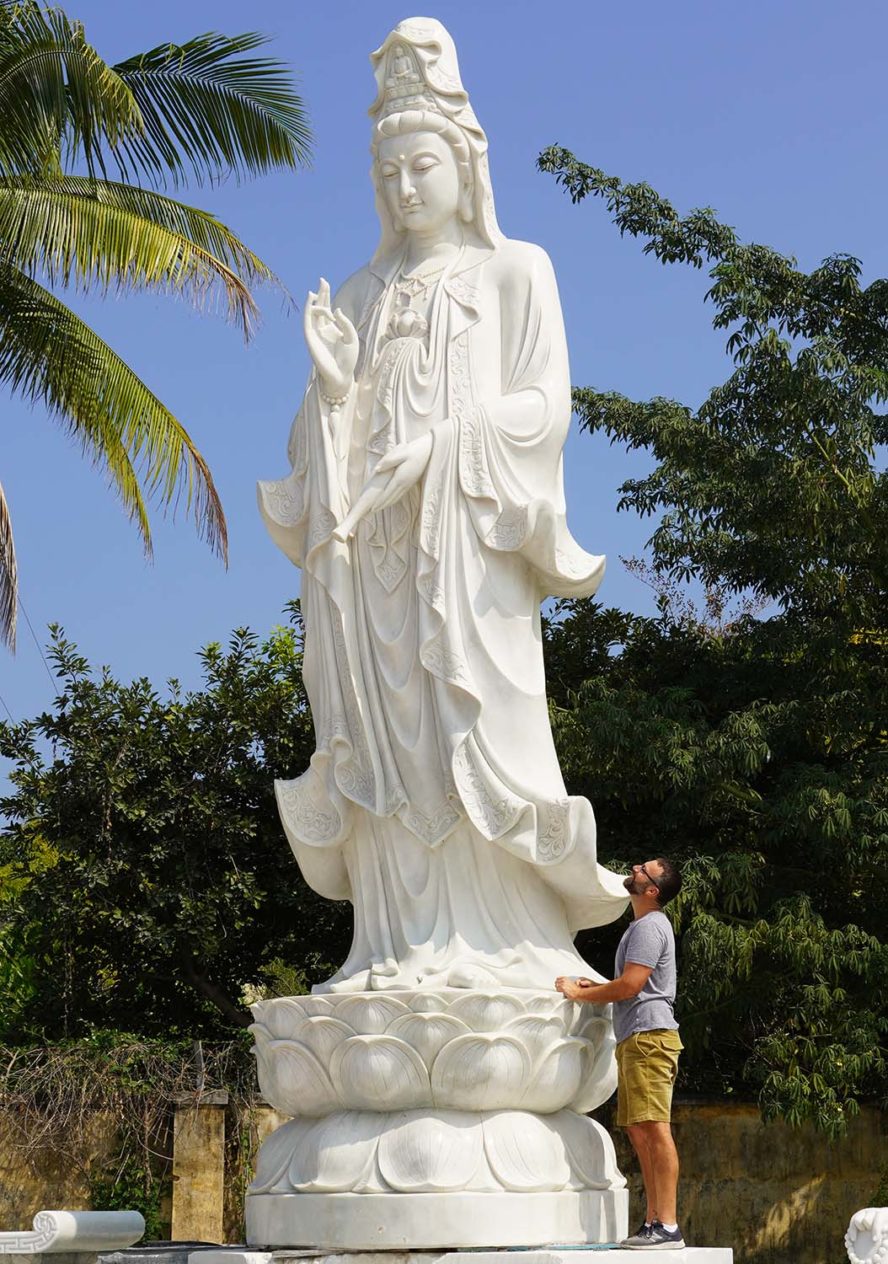
Sadly, I arrived the week before Tet or Chinese New Year and all the artists were on break. In planning my trip I knew about Tet and figured being there a week before would give me time to see the artists before the shops would close. I was very wrong, no one was working. I found the workers take off 2 weeks prior to Tet and then a month following. Instead of hearing the incessant clinking sound of chisel on stone all I heard were birds chirping and wind blowing through the palm trees. All the carvers had gone home to their villages to visit with family and friends. It is the equivalent of going to Europe in August when everyone flocks to Mediterranean beaches.
One thing that I am always impressed, when I visit any stone worker, is seeing the raw block of stone they have yet to begin carving. Climbing over them you can appreciate their pure size and mass. The raw white marble blocks are massive, larger than any I have seen in India or Indonesia. It is an amazing talent a stone artist has to visualize the god or goddess that is sleeping within the stone, waiting to be rendered by the hammer and chisel. But that is exactly what these artists do and I am amazed by it every time I see it.
Later in the day Lan and her brother took me to a beautiful seafood lunch on the beach and a leisurely stroll through the historic town of Hoi An for Vietnamese coffee. For anyone visiting Vietnam, Hoi An is a must see. Even though you are navigating your way through a maze of tourists it still has an old world charm visible through its tiny avenues and beautiful colonial architecture. Walking around the old streets I appreciate knowing that I will be returning to this part of the world for the rest of my life. I often think of how fortunate I am to be doing the work that I am doing…..today was one of those days.

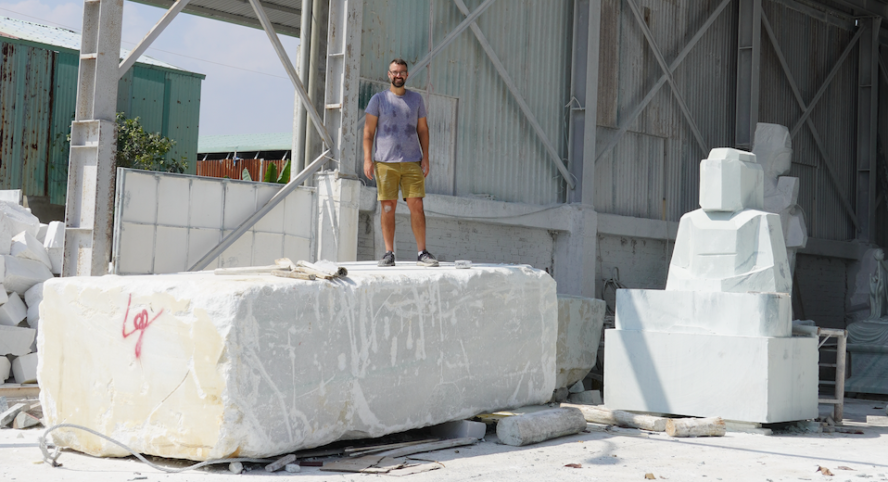
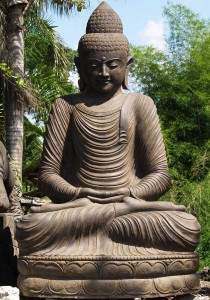 Another step is to plant with odd numbers in your garden to create balance and “yang”. Yang, which refers to the “sunny side”, is a masculine symbol and reflects the sun and day time. Since odd numbers are yang, they are considered auspicious, with a multiple of nine bringing the most positive energy.
Another step is to plant with odd numbers in your garden to create balance and “yang”. Yang, which refers to the “sunny side”, is a masculine symbol and reflects the sun and day time. Since odd numbers are yang, they are considered auspicious, with a multiple of nine bringing the most positive energy.